10 Most Popular Social Networks In The World
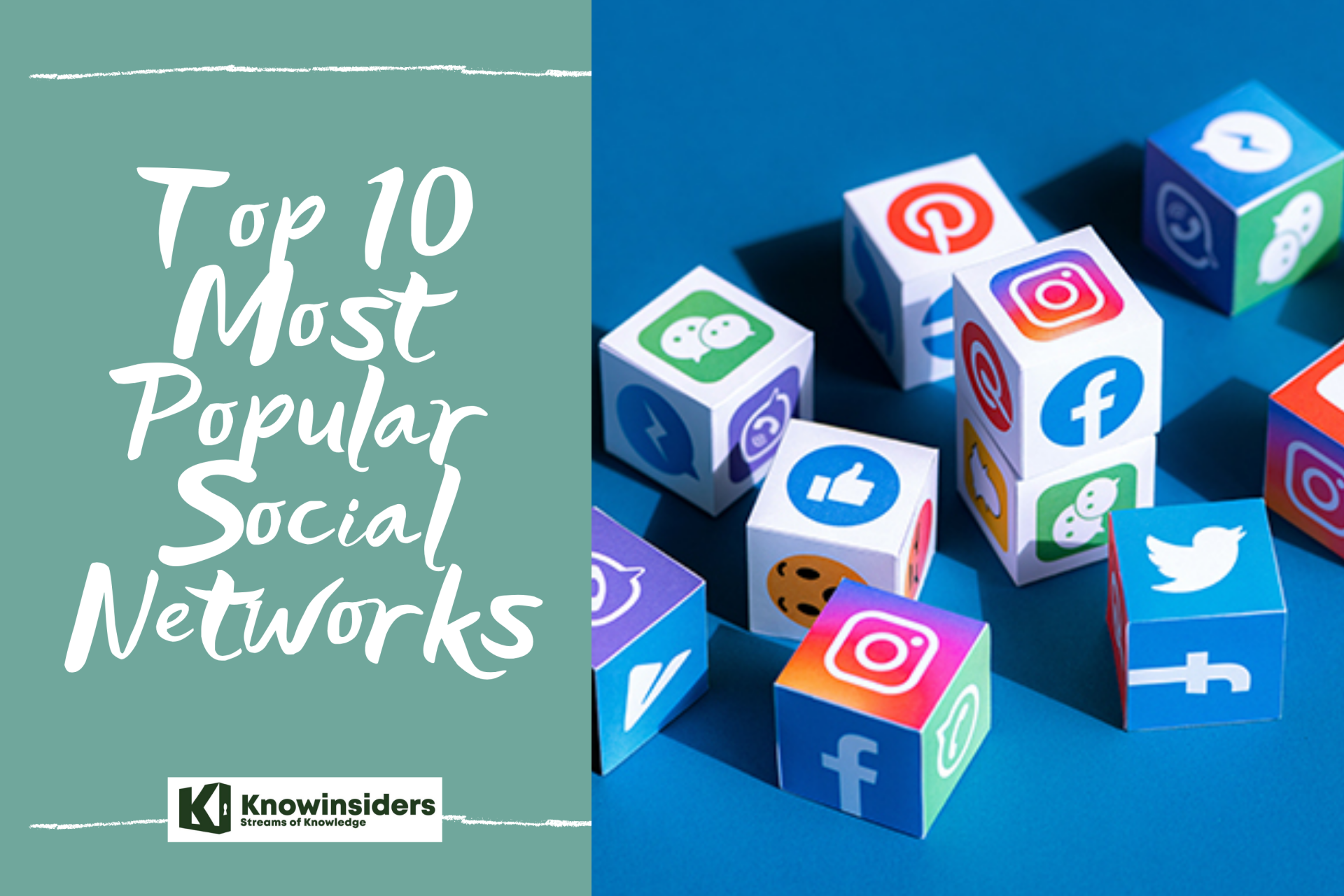 |
| Social Networks. Photo: KnowInsiders |
Currently, there are over 4.5 billion people around the world who use some form of social media - about 57% of the global population.
Yet, while social media’s audience is widespread and diverse, just a handful of companies control a majority of the world’s most popular social media platforms. Meta, the tech giant formerly known as Facebook, owns four of the five most widely used platforms. Right below is a list of the 10 most popular social networks ranked by visualcapitalist.
List of 10 Most Popular Social Networks?
#1 Facebook
#2 YouTube
#3 WhatsApp
#4 Messenger
#5 Instagram
#6 WeChat
#7 Kuaishou
#8 TikTok
#9 Telegram
#10 Qzone
*****
Which are the top 10 Most Popular Social Networks?
1. Facebook
 |
| Photo: Kaspersky |
With more than 2.9 billion monthly users, Facebook is hands down the largest social media site in the world. While that practically ensures at least some of your audience regularly uses the platform, it’s developed a somewhat negative reputation amongst younger users that are increasingly turning to other alternative sites.
Regardless, if your brand stands to benefit from sharing industry-related news, engaging (short-form) videos, graphics and other visually appealing content—especially if your primary audience is above the age of 30—then consider having a presence on Facebook. You might also consider leveraging Facebook groups to gather your customers or community in one place online. Facebook groups, unlike Facebook business pages, aren’t for advertising, but they can be helpful in creating conversation.
Who’s on Facebook (and Why): 68% of U.S. adults report using Facebook, with 51% saying they’re active multiple times daily. Usage is spread pretty evenly amongst males and females, while users tend to get increasingly active as age increases (especially beyond the 40+ year old demographic).
The Content that Works Best on Facebook: The more interesting, engaging or even polarizing your content is, the more likely it is to go viral on Facebook. Lean heavily on short videos, eye-catching images and attention-grabbing headlines to attract an audience. For Facebook groups, interactive content and conversation-starters are the way to go. Consider live streams and polls.
You Should Prioritize Facebook if: You want to reach an audience of adults and have engaging visual (or video) content that can capture their attention, invoke an immediate emotional response and make them excited to share with their friends. Or if you want an easy way to create an online community around a topic or business.
2. YouTube
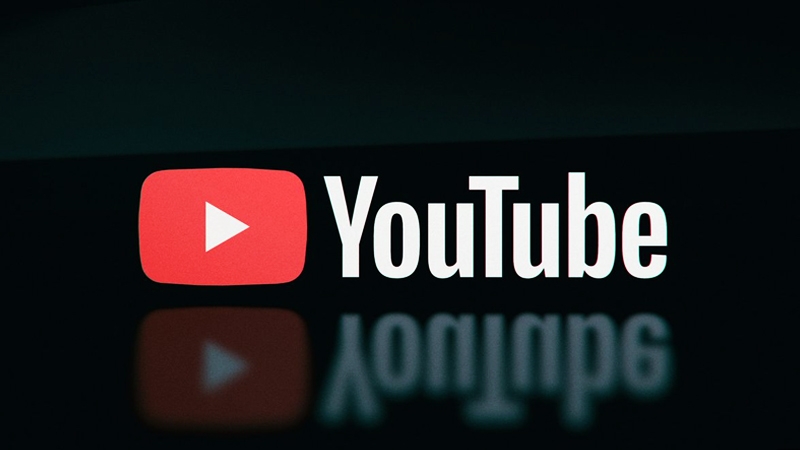 |
| Photo: CellphoneS |
YouTube hails as the second most popular search engine in the world today, right behind its parent company, Google. If your business could benefit from producing video tutorials or walkthroughs, visually-driven instructional content, product reviews or interviews, then this social media platform is a must for reaching their more than 2,2 billion monthly users.
Who’s on YouTube (and Why): A whopping 73% of U.S. adults report regularly using YouTube, with a heavy concentration in the age range of 15 to 34 years olds. YouTube is broadly popular amongst both men and women, and usage tends to go up alongside income and level of education.
The Content that Works Best on YouTube: Video only. Depending upon your type of business and who your audience is, both long-form and short-form video content can work very well on this platform. Most viewers tune in for a combination of education and entertainment, so whether you’re teaching your audience about emerging marketing tactics or streaming video gameplay, work hard to retain their attention throughout your videos. You might also consider tapping into popular YouTube trends like unboxing videos (especially if you rep a physical product) and “with me” content that takes viewers along with you for the ride. Additionally, if starting a YouTube channel feels ambitious, partnering with YouTube influencers who are excited about your mission could help you test the waters before you dive in.
You Should Prioritize YouTube if: Your audience is below the age of 50 and consumes video content as a means of either education or entertainment.
3. WhatsApp
 |
| Photo: Thegioididong |
Founded in 2009 by two former Yahoo! employees, WhatsApp’s original goal wasn’t to be an instant messaging (IM) app, but rather to simply show “statuses” next to the names of each entry in a user’s address book.
“At some point it sort of became instant messaging,” Alex Fishman, a friend of founder, Jan Koum, told Forbes.
This accidental evolution led to the app dominating the free IM market and would also end up making the founders immensely wealthy – the latter thanks to Facebook’s $16 billion acquisition in 2014.
WhatsApp is one of only three social networking platforms with a user base of over 2 billion – a milestone they reached in 2020. The app’s recent growth rate has been astonishing, with the last billion users hopping on in only four years!
Because WhatsApp has resisted integrating traditional advertising into their revenue model, the platform doesn’t offer the width of marketing options that many other social networks do. But that doesn’t mean that the app doesn’t offer enormous marketing value for businesses who use it as a communications tool.
Despite a recent PR catastrophe surrounding an ill-advised update to their privacy policy, WhatsApp is still the most popular mobile messaging app on earth, beating Facebook Messenger, WeChat, QQ, Telegram, and Snapchat to the title.
4. Facebook Messenger
 |
| Photo: Bnews |
It says a lot about the power of Facebook that a service WITHIN their main platform reached the number four spot on this prestigious list.
It also says a lot about WhatsApp that they were able to dramatically outperform Messenger despite the latter being embedded into the world’s most popular social network.
Messenger’s initial incarnation was “Facebook Chat” – a simple IM feature that was launched into the Facebook environment in 2008. Noting Chat’s potential as a standalone app with its own unique commercial ecosystem, Facebook overhauled the service and rebranded it as “Facebook Messenger” two years later.
Unlike WhatsApp, Messenger’s proprietors had no issue with introducing monetization features into the app’s core functionality. As a result, Messenger offers businesses an unparalleled level of contact with their customers and prospects.
There are more ways to interact with your leads on Messenger than you can shake a stick at. From automated chatbots that field incoming queries and promote products, to advertisements displayed in the user’s inbox, Messenger is a B2C marketer’s dream.
Facebook gleefully reports that over 40 million active businesses use Messenger to interact with their potential customers and that over 20 billion messages are sent between businesses and regular users every month.
Interestingly, while Messenger still lags behind WhatsApp in terms of total number of global active users, Messenger is comfortably the more popular choice amongst users in the United States.
Statista’s most recent figures on US IM engagement reported that 12.1% of US mobile owners were using WhatsApp, compared to Messenger’s 56.8%.
 How to Use Social Media for Business & Marketing How to Use Social Media for Business & Marketing Social media allows even the smallest business to interact with the wider world. Check out this article or dive into how to use social media ... |
5. Instagram
 |
| Photo: Thegioididong |
Long the home of influencers, brands, bloggers, small business owners, friends and everyone in between, Instagram has topped well over 1 billion monthly users. If you’re wondering whether a meaningful segment of your audience spends time on the platform, the answer is almost surely a resounding yes.
Who’s on Instagram (and Why): Instagram has become one of the most popular social media platforms for teens and young adults, especially in the U.S. Use of the app slowly drops off with age but stays consistent across both men and women, so if your customers are under 40, then Instagram can’t be ignored.
The Content that Works Best on Instagram: Beautiful photography, stunning visuals, unique designs, selfie-style video that speaks directly to your audience and a cohesive theme to your content will help you stand out on Instagram.
You Should Prioritize Instagram if: Your target audience is under the age of 40, you run a lifestyle, ecommerce, or photography business.
6. WeChat
 |
| Photo: CGTN Europe |
With an incredibly wide range of functions that allow users to do everything from sending text messages and conducting video calls to processing digital payments and playing video games, it’s no surprise that WeChat has such a high position on our list.
Number of Monthly Active Pinterest Users Worldwide 2020
It’s also a testament to WeChat’s immense usefulness that the app achieved this level of popularity despite actively sharing users’ private information with the Chinese government as part of the latter’s mass surveillance and censorship efforts.
Regardless of this unfortunate collaboration, WeChat has blasted its way into virtually every aspect of Chinese life – a notion underscored by the fact that the app’s adoption by older age groups is extremely impressive.
In 2018 an astonishing 98.5% of Chinese mobile users between the ages of 50 and 80 are registered WeChat users. While 60% of WeChat users over the age of 60 use more than half of their mobile data on the app.
For social media marketers in the US considering WeChat as a possible marketing channel, it’s useful to know that 23% of America’s mobile internet users between the ages of 18 and 24 are registered on the app.
7. Kuaishou
 |
| Photo: Yicai Global |
Kuaishou (Chinese: 快手; lit. 'quick hand') is a video-sharing mobile app developed by Beijing Kuaishou Technology Co., Ltd, with a particularly strong user base among users outside of China's Tier 1 cities. Outside Mainland China, it has also gained considerable popularity in other markets, topping the Google Play and Apple App Store's "Most Downloaded" lists in eight countries, such as in Brazil. In Pakistan and Indonesia, this app is known as Snack Video. It is often referred to as "Kwai" in overseas markets. Its main competitor is Douyin, which is known as TikTok outside of China.
Kuaishou was founded by Su Hua (宿华) and Cheng Yixiao (程一笑).[5] Prior to co-founding Kuaishou, Su Hua had worked for both Google and Baidu as a software engineer. The company is headquartered in Haidian District, Beijing. Kuaishou's overseas team is led by the former CEO of 99, the biggest Brazilian ride-hailing company, and talent from Google, Facebook, Netflix and Tiktok were recruited to lead the company's international expansion.
Kuaishou is a short video social platform for all users to record and share their lives, with the core mission to "Capture the World, Share Your Story". Kuaishou topped Google Play and Apple App Store’s Most Downloaded lists in eight countries in 2020. In 2021, it had an average of 1 billion monthly average users (MAU), and in August 2021, it reported a quarterly revenue of $2.95 billion, representing a 48.8% year-on-year increase. Kuaishou facilitated more than $59 billion of e-commerce transactions on its platform. Active users on the platform spent an average of more than 100 minutes daily on its main app, as reported by Wikipedia.
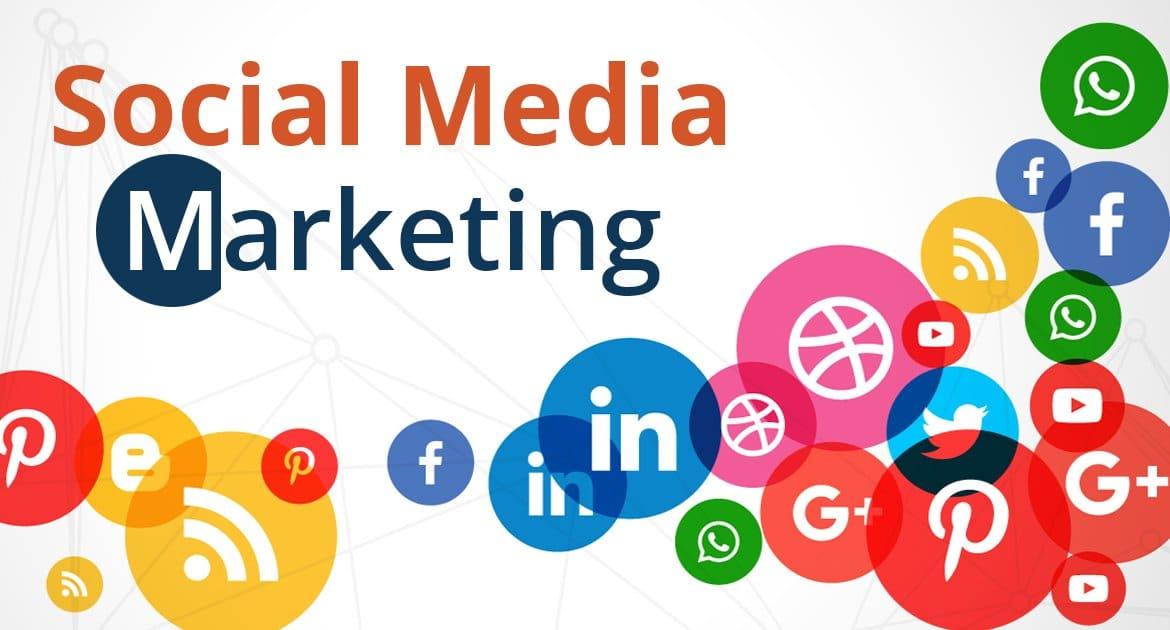 What Is Social Media Marketing: Definition, Strategies,Advantages and Disadvantages What Is Social Media Marketing: Definition, Strategies,Advantages and Disadvantages Social Media Marketing is one of the most important parts that you need to understand if you want to expand your business and let others ... |
8. Tik Tok
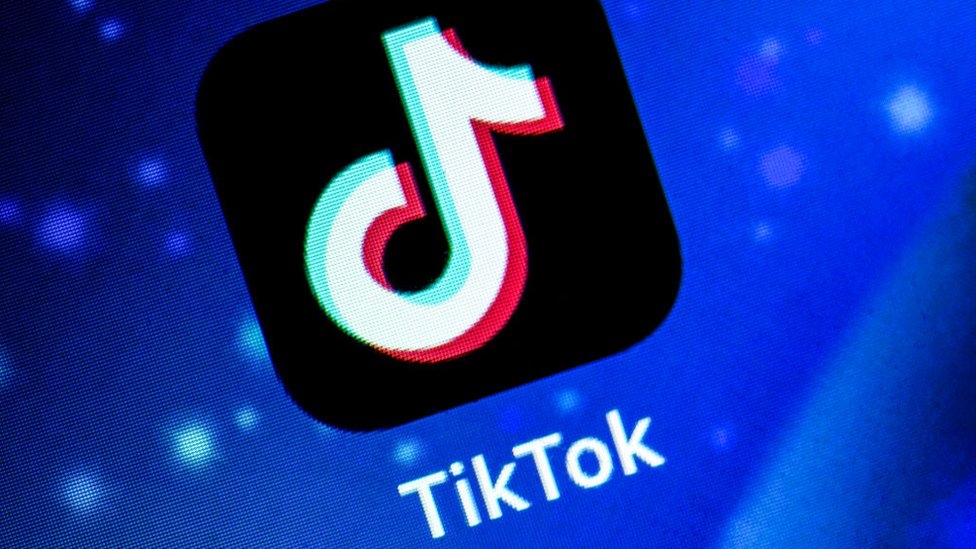 |
| Photo: BBC |
Tik Tok (also known as Douyin in China) is a rising music video social network. It was the world’s most downloaded app in the first quarter of 2018, beating Facebook, Instagram, and other social media apps.
My initial impression is that it looks like Instagram for short music videos (though I’m sure it’s more than that). Users can record videos up to 60 seconds, edit them, and add music and special effects.
While it is most popular in Asia, my hunch is its popularity might spread to the west. It has recently acquired Musical.ly, a similar music video social network like Sina Weibo.
| To keep it simple, Douyin is TikTok for a Chinese audience. The two platforms have the same parent company and the same core functionality but are most definitely two different apps, marketed to two different demographics. |
9. Telegram
 |
| Photo: Điện máy XANH |
Telegram is similar to most social messaging apps and is often known for how secure it is as a messaging app.
There are several ways brands can make use of Telegram, besides providing one-on-one customer support. For example, brands can create chatbots for the Telegram platform or make use of Telegram’s channel feature to broadcast messages to an unlimited number of subscribers.
10. Qzone
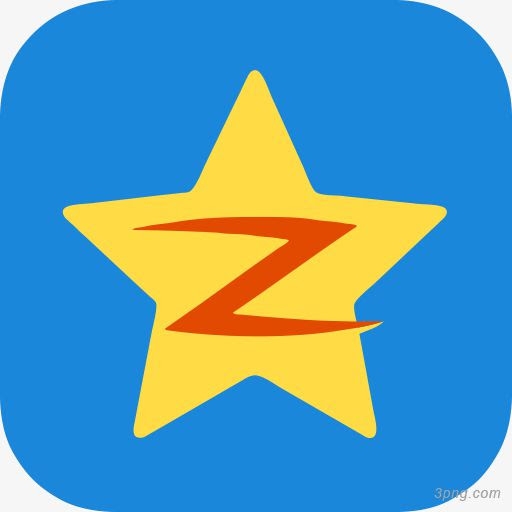 |
| Photo: 3PNG |
After Facebook was banned within the online space in the Asian country back in 2009, many local businesses began taking in the empty slot for a social network. Qzone (also called just QQ) was one of them. Unlike the others, Qzone provides its users with a variety of possibilities when it comes to personalization of the way your words come out to the other world. Even though QQ achieved some sizable success, at the beginning of 2019, Tencent decided to shut down the web version of the social network and to keep only its mobile version alive.
Qzone is another popular social networking platform based in China, where users can upload multimedia, write blogs, play games, and decorate their own virtual spaces.
According to several people on Quora, Qzone seems to be more popular among teenagers (while WeChat is more popular among adults). But the rise of mobile-based platforms like WeChat seemed to have caused a decline in popularity of desktop-based platforms like Qzone.
| Another property owned by the Chinese conglomerate Tencent (the other is WeChat), QQ has been around forever (in internet years). Launched under the name OICQ in 1999 as a downloadable instant messaging service, the platform quickly became China’s most popular digital contact platform and played a pivotal role in “killing” email in the world’s most populous country. QQ’s early rise to dominance as a business communication platform was helped by the software’s exceptional handling of file transfers. This created a network effect where companies simply HAD to be on QQ because, well, all their partners, vendors, and clients were already using it. Being first to market with such a useful platform, especially in a territory that actively blocks so many external cloud-based apps, helped build the foundation for QQ’s enormous success. Despite its ubiquity in China, QQ hasn’t managed to make its mark on the rest of the world. International versions of the platform weren’t integrated with many valuable QQ products, rendering it mostly valueless outside its home territory. |
 What Is Social Media Marketing: Definition, Strategies,Advantages and Disadvantages What Is Social Media Marketing: Definition, Strategies,Advantages and Disadvantages Social Media Marketing is one of the most important parts that you need to understand if you want to expand your business and let others ... |
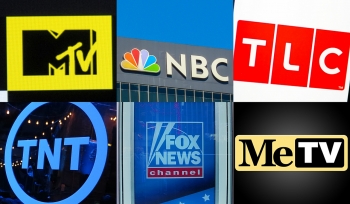 Top 10 Most Popular Television Networks in America Top 10 Most Popular Television Networks in America Check out the update List of the Top 10 The Most Popular (Watched) TV Networks in the in the United States, based on the the ... |
 Top 15 Most Popular Social Networks in the World Top 15 Most Popular Social Networks in the World Social networking sites have proved their important role in both the work and life of people in the world. Let’s join with us to explore ... |


























